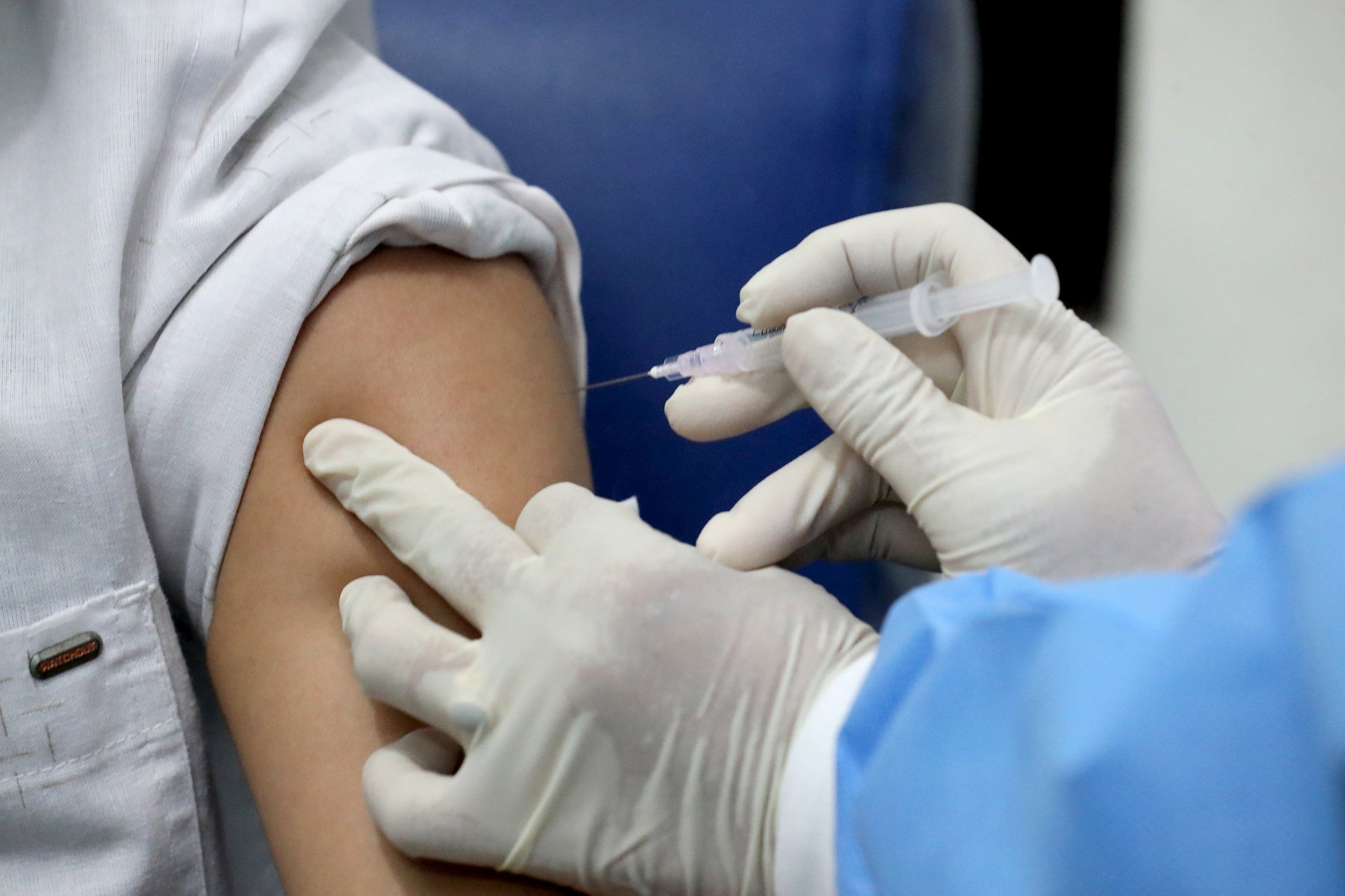This week the Spanish government has announced its plan for coronavirus vaccination of Spain's population, making several announcements during the week, reflecting the fact that the plan is "in permanent evolution", as vaccine development continues and the pandemic itself continues to evolve. Health minister Salvador Illa has explained this Friday that the process will be divided into three phases, which will last until the end of the summer of 2021 at least. The current schedule: from January, vaccination of four priority groups will begin; after March, Covid shots will start to become available to the rest of the population, classified for the purposes of the plan into 11 further groups.
The Spanish ministry's plan is divided into three stages. In the first phase, from January to early March, there will be an "initial supply" of vaccines. It will be directed towards about two and a half million Spaniards in the four top priority groups:
FIRST PHASE: (January to March 2021)
1. Personnel in the health care and residential care professions
2. Elderly residents of care homes
3. All people aged over 64
4. People with significant disabilities
These four groups will have top priority for vaccination in Spain in early 2021.
Health minister Illa outlines the 15 different population groups for the vaccination process.
In the second phase, which will run from March to early June, a "gradual increase" in the arrival of vaccines is expected. The third and final phase, which will take place "during the summer months", will aim to vaccinate the entire Spanish population. The other ten groups, shown below, will be addressed in these two stages. But note that the list does not indicate the order in which these groups will have access to the vaccine, which has not been announced.
SECOND AND THIRD PHASES: (March till end of summer 2021)
5. People who have high risk factors "according to scientific evidence"
6. People who live or work in communities in closed environments
7. People vulnerable due to their socio-economic situations
8. Workers in essential sectors
9. All teaching staff
10. The general population of children, up to age 16
11. The adolescent population, 16 and over
12. The entire adult population
13. Residents in areas of high incidence or with potential for outbreaks
14. Pregnant and breastfeeding mothers
15. People who have already had Covid-19 and have antibodies
Salvador Illa stressed that the decision on the order of treatment in the second and third phases will be "flexible" depending on the evolution of the vaccination process and the pandemic itself. Only those in the four priority groups have an assigned phase at present. “The strategy will be updated based on criteria to effectively reduce mortality and protect the most vulnerable groups,” he made clear on Friday morning, prior to further meetings to seal further details with Spain's autonomous communities. The vaccination plan will also be subject to the criteria of scientific organizations, professional associations and patient associations.
Spain's vaccination plan
On Tuesday, the Spanish health minister released the framework of the Covid-19 vaccination plan, which aims to "save lives and reduce the effects of Covid-19", in the context of the "progressive availability of doses" which is expected over the coming months. Work began on the plan in September.
The document, presented as a work in progress "under permanent revision" addresses major issues surrounding the vaccination process: the order in which vaccinations will be carried out, the logistical requirements for making the doses available, and how patients will be monitored during and after the process, which for some of the vaccinations announced so far will require two jabs. The full text of the plan in English can be read at the end of the article.
Which vaccines has Spain bought?
The Spanish ministry has announced that the state has reached an agreement to obtain 20.8 million doses of the Pfizer-BioNTech vaccine. As each person will require two doses, this purchase will be sufficient to vaccinate 10.4 million Spaniards.
The government has also made purchase deals for the vaccines being produced by Moderna, Oxford, Johnson & Johnson, Sanofi and Curevac. That is, a total of six agreements, with a seventh, for the Novavax vaccine, yet to be closed.
In total, Spain expects to have 140 million doses for 80 million citizens, a figure far greater the Spanish population, of around 47 million. Why does the provision exceed the Spanish population by so much? For there to be enough doses of vaccine, even in the event that some of the vaccine projects do not receive final authorization from the European Medicines Agency. Doses acquired that are not used will be used for cooperation with third countries.
Below, Spain's evolving Covid-19 Vaccination Plan, in English version.

